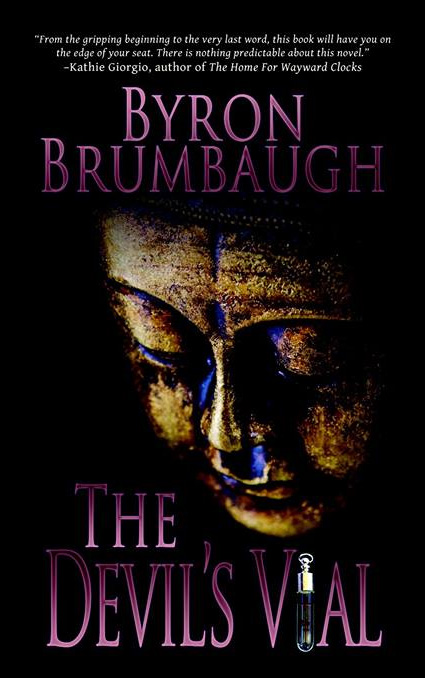Most young people find botany a dull study. So it is, as taught from the textbooks from schools; but study it yourself in the fields and woods, and you will find it a source of perennial delight.
-John Burrows
From Chesterfield, we walked to Williamsburg, population 2,489, 7.1 miles. Along the way, we left State Route 143 behind and followed Mass Route 9 for about a mile. The current population of Williamsburg descends from loggers who moved into the area to harvest the hardwood forest that was there in the latter eighteenth century. The town lies next to the Mill River and is quiet, a nice place to chill. The walk from Chesterfield was mostly downhill and pleasant as we paralleled Meekin Brook. The traffic was light and Waldo seemed quite comfortable.
Leaving Williamsburg, we followed Route 9 for about a mile and a half and then took a sharp left turn up a slight incline to the Northampton Bikeway. It, too, is a rail-trail that once carried trolley-cars from Leeds to Northampton alongside the Mill River. Once on the bikeway, we are wrapped in arboreal shade and surrounded by New England greenery. Having spent most of my life in the West, where the countryside is covered in yellows and browns, the place feels idyllic, bathed in so much verdure. If I let my imagination go and look hard enough, I feel I just might be able to see an elf or a fairy hiding in the underbrush amongst the flowering weeds. The bikeway is paved and relatively flat. Some botanist, perhaps with time on his hands due to the Coronavirus, left messages in chalk on the side of the tarmac, informing the passerby of different species of plants. He points out the presence of Silver Maple, European Elm, Purple Trillium, Swallow Wort, Rosa Rugosa and others. It revives my faith in humanity to find that there are people out there who indulge in their better nature and leave behind such simple footprints that are so friendly and heartwarming. On the right, down a steep hill, runs the Mill River, white in places where it flows over stone and boulder.
Waldo is very happy on this leg of our journey. Far from the stress of sharing the way with large, noisy, stinking, scary mechanical beasts, he trots along, doing his Waldo thing, with sticks in his mouth, taking in all the new olfactory stimulus. We don’t see very many animals, squirrels and chipmunks, for example, that we’re used to seeing in Marlborough. Birds are out in force, though, and serenade us as we plod along.
We pass others, but not so many that our social distancing is challenged. There are a few bikers, and hikers, many wearing masks, others not (we do not as long as we are outside and can maintain our distance). There are no groups of three or more people and the four of us are not grouped together. Waldo is out front at the end of his leash and the other three of us are often strung out in a line behind. Sometimes, two of us are together as we discuss this or that (today, botany), but, mostly, we leave each other to their own experience and assimilation of this gest.
We pass through Leeds, a suburb of Northampton, population 28,726. There were textile mills along the Mill River in Leeds, including some producing silk. A dam burst upriver in 1874 which took out many of these mills, though some were rebuilt. Today, the place is quiet and, I suspect, is mostly a bedroom community for Northampton proper. The larger part of the city lies next to the Connecticut River to the east. It is an academic, artistic, music and counterculture hub. It is the most liberal medium-sized city in the United States. Sounds like my kind of place. We are tired, stiff, hot and sweaty when we reach our end point, a Stop and Shop parking lot just a few yards off the Bikeway. Waldo has his tongue out, panting like a choo-choo train, and seems eager to call it a day. Another 7.3 miles has passed beneath our boots.
Next time, we cross the Connecticut River and plod on to Amherst.



